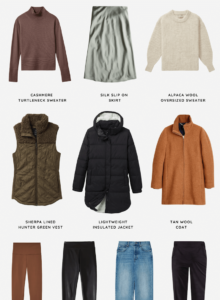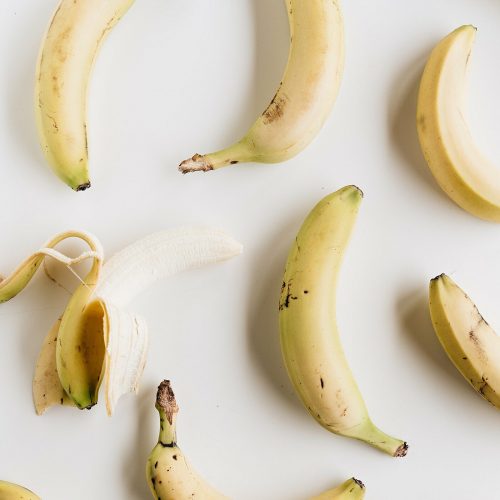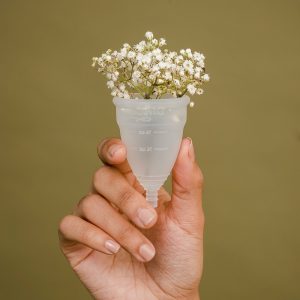What Is Fast Fashion? Fast fashion is hard to avoid today with most retailers relying on this wasteful and unethical form of producing clothing as the means to making money. Luckily there are more sustainable clothing brands making an impact at changing the way people think about their clothes, and hopefully with this change we will be able to slow down the fast fashion industry for good.

Sustainability is no longer just a “buzz word” and instead is a movement that millions of people around the world are committed to investing in for our social and environmental wellness. While our use of plastic, where our food comes from, and how much energy we use are all top of mind when it comes to our environmental impact, there is another area that we all should be thinking more about — our clothes.
What Is Fast Fashion?
So what is fast fashion anyway? Fast fashion is a term used today to describe the incredibly fast turnover of fashion styles by retailers pushing upwards of 52 “style seasons” a year.
In the past, retailers used to launch new styles four times a year to match the traditional seasons, however today it is common for fast fashion retailers to push out new “seasons” every seven days. This constant production of new fashion styles, supplemented by never-ending sales has fueled a “fast-fashion” consumer culture that is rooted in impulse and quantity over quality and intention.
When Did Fast Fashion Start?
Fast fashion can be traced back to the early 1990s when Zara opened in New York and the New York Times used the words “fast-fashion” to describe Zara’s incredibly fast production model that could bring clothing from design to stores within two weeks time. After that, more retailers like H&M, J.Crew, Gap, Forever 21, Top Shop and many more fast-fashion retailers began producing clothing in record time, which also aligned with the beginning of online fashion shopping.
And so fast-fashion was off and running, with thousands of styles being produced and millions of tons of textile waste being discarded each year. Fast-fashion created the throwaway culture that exists today, with many people viewing their clothing as discardable.
What Is Wrong With Fast Fashion?
There are many aspects of our global fast fashion industry that are wrong, but really it is the societal acceptance of fast fashion that is the main problem that drives all the other issues associated with the industry.
Somewhere along the way, we began to accept that our clothes no longer needed to be made from high-quality materials. We began to accept that the quality of our clothes could be mediocre at best. We forgot (or never learned) how to check seams and buttonholes, and how to care correctly for the clothes we purchased.
At some point, we stopped caring about our clothes and instead started caring about how much we owned and what new pieces we could add to our closet that was already too full. The fast fashion industry tricked us into believing that more was better, that quality didn’t need to be guaranteed, and that we didn’t really need to know where our clothes came from, how they were made, or what they were made from as long as they arrived at our doorstep with 2 day shipping.
While there are many ways to look at the issues with fast fashion, the following are the ones we should be the most concerned about:
- textile waste: the amount a company wastes in the production of it’s clothes and the waste produced from unsold clothing in stores
- exploitive labor practices: textile labor that involves children, poor working conditions, and low wages
- carbon emissions: the carbon emissions related to the production and transport of clothing
- water use and contamination: the amount of water used in the making of an article of clothing as well as the potential water contamination that occurs in the making of clothing
- public health hazards: chemical dyes and other production hazards that impact community and textile worker health from air and water quality, to physical exposure
What Is The Environmental Impact Of Fast Fashion?
Today the global fast fashion industry is producing double the number of garments it was in 2000 according to research from McKinsey and contributes to more than 8% of our total greenhouse gases. The global fashion industry is also estimated to be one of the leading contributors of micro-plastic pollution impacting our oceans and marine life according to the United Nations.
With more than 60% of the garments produced each year estimated to end up in landfills or incinerators within one year of production, it is clear that we have a serious waste and environmental problem when it comes to our fast fashion industry, and it’s time we start thinking about our clothes and their impact in the same way we do our food or everyday plastic use.
While the environmental impacts of our global fashion industry are still difficult to track given it’s complex use of water, chemicals, transportation, labor, materials, etc. we thankfully are beginning to have environmental impact assessment (EIA) tools that can help us better understand the social and environmental impact of textile clothing companies.
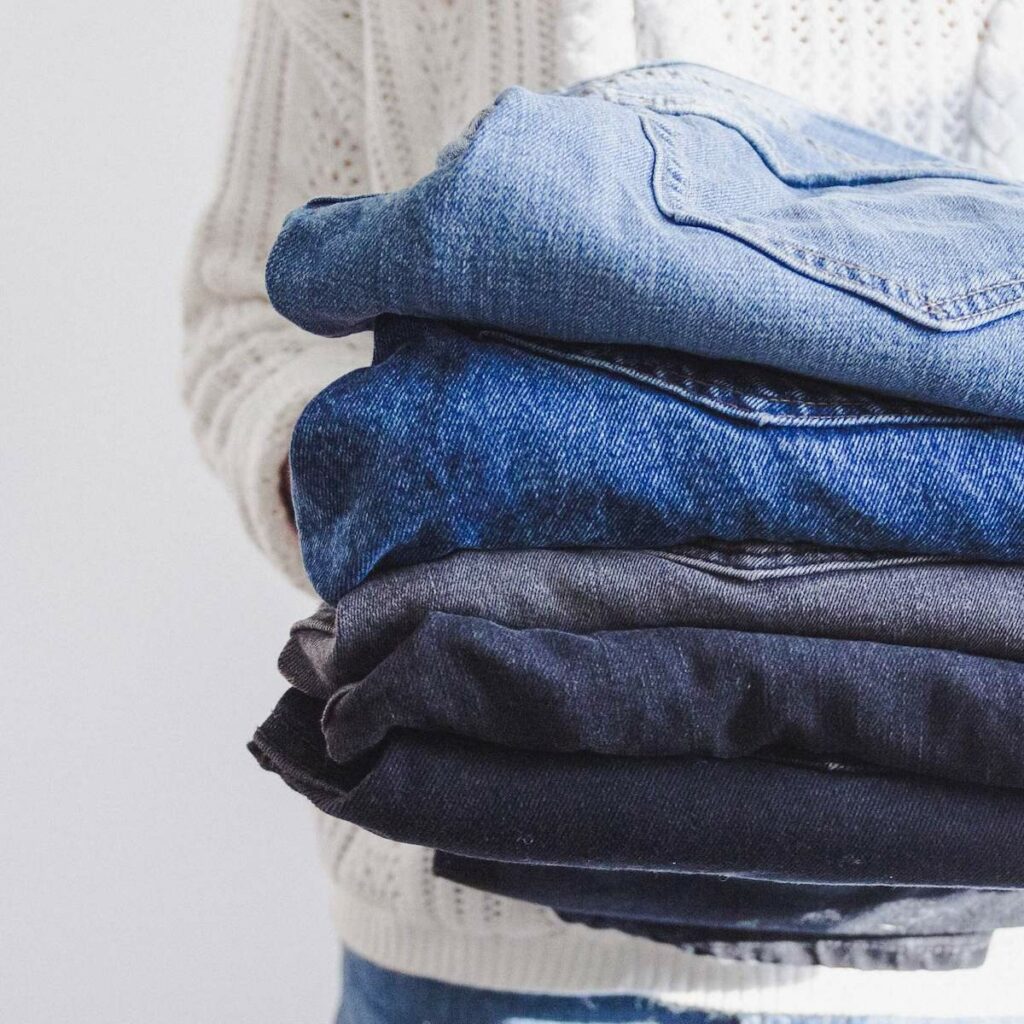
What Brands Are Considered Fast Fashion?
There are far too many fast fashion brands to list but here are some of the most prominent fast-fashion brands that have been called out for their unethical labor practices, “greenwashing”, environmental impact, and excessive waste:
- H &M
- J.Crew and Madewell
- Gap and Old Navy
- Zara
- Forever 21
- Primark
- Romwe
- Shein
- Nastygal
- Missguided
- Asos
- Anthropologie, Urban Outfitters, Free People
While some of these brands have begun to make efforts to clean up their practices by incorporating sustainable fabrics, using recycled materials, creating “conscious lines”, and even partnering with other smaller sustainable fashion brands, all of the brands above still have a long way to go before they could be considered truly sustainable.
Can Fast Fashion Brands Be Sustainable?
While many believe that the eco-friendly and ethical practices that some of the above brands are beginning to make are really just a version of greenwashing to lure in the conscious consumer (and it may be), I believe that it is showing the power that consumers are having on even some of the worst fast-fashion retailers.
What we shouldn’t allow is for retailers like H&M to create conscious clothing lines to appear like they are making efforts towards sustainable fashion and then not continue to improve the rest of their supply chain. These fast fashion retailers need to completely redefine the way that they do business, how much waste they create, and the impact they have on the planet. It is unrealistic to think that that will happen overnight but it does need to happen.
These fast fashion brands have the power and bandwidth to reach millions of people globally, and if they decide to truly embrace their environmental and social responsibility we could see a significant change in our fashion industry that would positively impact millions. But if they don’t choose to make the wide-sweeping changes necessary, then I believe that we will begin to see many of these retailers go out of business, as people and our planet no longer agree to enable the exploitation that we have allowed to take place over the past 20+ years.
How Can You Avoid Fast Fashion?
Since our current global fashion industry is built around the concept of fast-fashion it can be difficult to avoid fast fashion entirely, but if you are looking to make an effort to minimize your support of fast-fashion here are a few ways that you can do it:
Rewear and Reuse What You Already Own: You may have heard this phrase before but the most sustainable piece of clothing is the one you already own. So do your best to breathe new life into your current wardrobe and work hard to keep the clothes you already own out of landfills. Whether you purchased from a fast-fashion retailer or not, the damage has already been done, and now it’s your job to minimize the future damage your clothes will potentially create.
Buy Second Hand: After focusing on what you currently already own the next best place to purchase “new” clothes from is by buying second hand. We already know that we have a huge waste issue when it comes to our clothes, which is why purchasing second-hand clothing (yes even if it was made in an unsustainable way) is the next best way that you can fight fast fashion. By keeping second-hand clothes out of landfills you are doing a big part to reduce textile waste and reduce the incentive that fast fashion retailers have to continue pumping out new styles.
Support Sustainable Clothing Brands: Sustainable clothing brands may be more expensive than the cheapest fast fashion brands out there, but often their pricing is right in line with companies like Madewell or Anthropologie. So rather than buying more clothes for less, start to become much more intentional with your clothing purchases and opt for quality made sustainable clothes that you will own for many years to come.

Slow Fashion Ethical Clothing Brands Making An Impact
There are many ethical clothing brands working to improve ethics and sustainability in our current fashion industry. These sustainable clothing brands are focused on creating a slow fashion movement that is focused on using sustainable fabrics, eco friendly dyes, ethical labor practices, and recycled materials that all are working to improve the carbon footprint, waste, and exploitation that has been the norm in the global fashion industry.
A few of our favorite ethical clothing brands that are making sustainable clothing more accessible are:

All Birds
Sustainable Footwear

Amour Vert
Sustainable Women’s Clothing

Pact
Sustainable Women & Men’s Basics

Toad & Co
Sustainable Men & Women’s Fashion

The Root Collective
Sustainable Footwear

Everlane
Sustainable Men & Women’s Wear
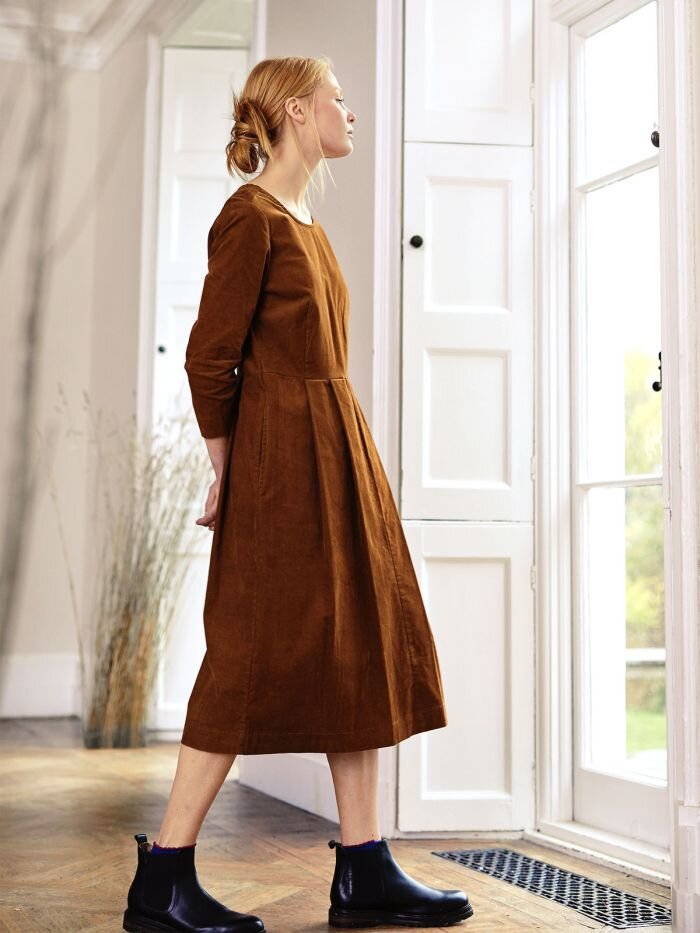
Thought Clothing
Sustainable Women’s Clothing

Tradlands
Effortless Women’s Essentials

Made Trade
Sustainable Apparel & Home Goods

Christy Dawn
Beautiful Bohemian Women’s Dresses

Patagonia
Ethical Outdoor Wear
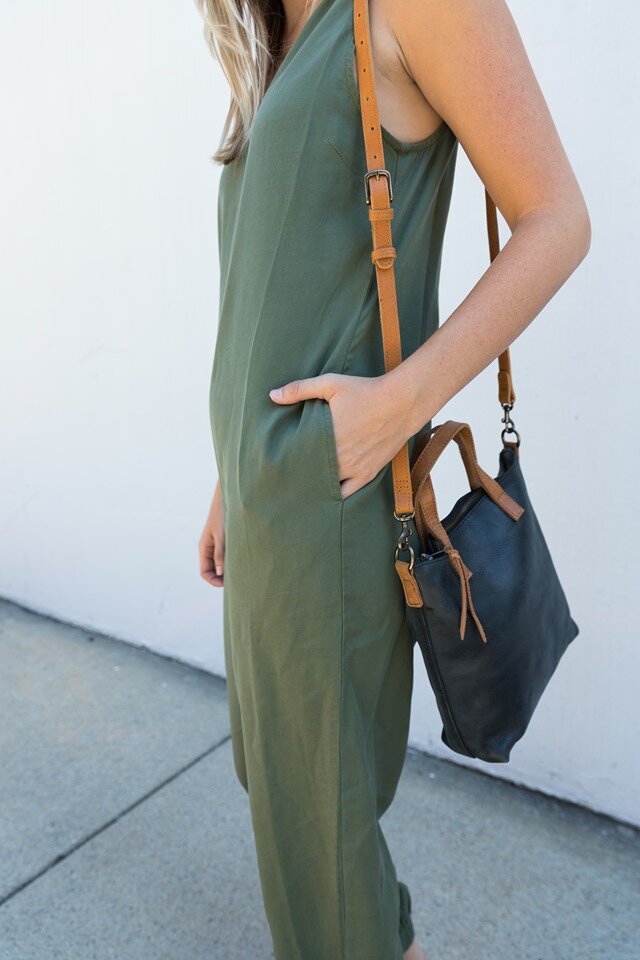
ABLE
Sustainable Women’s Apparel & Jewelry
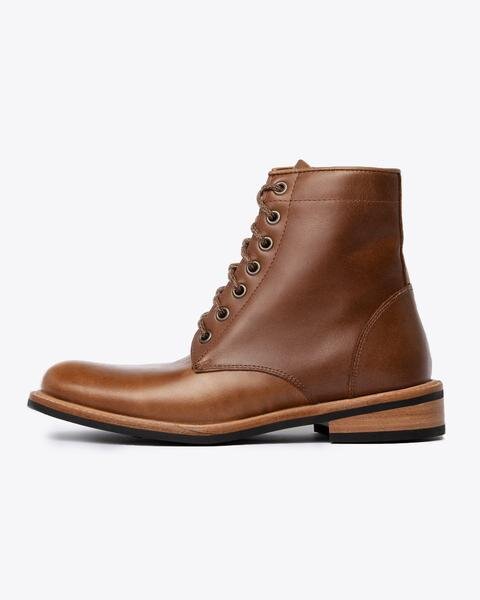
Nisolo
Sustainable Footwear & Accessories





